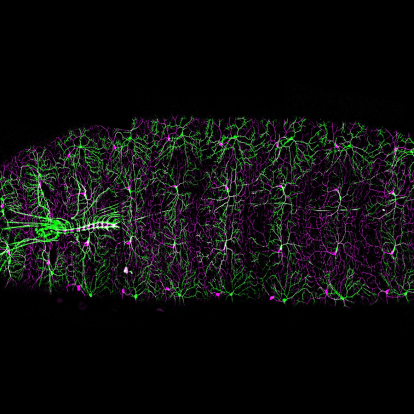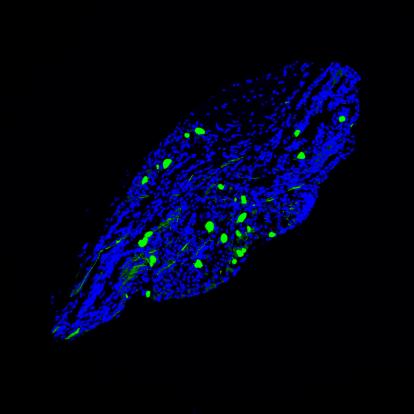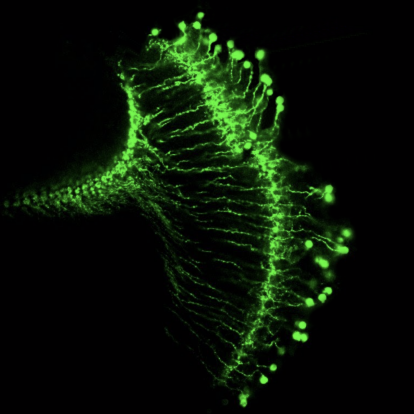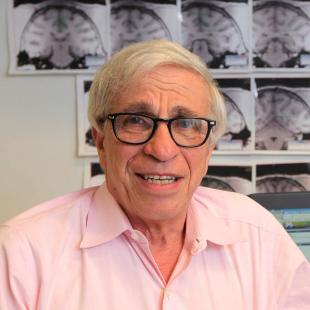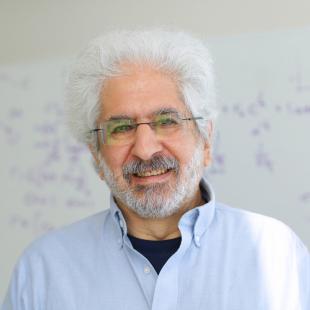The Senses
Your brain lives in solitary confinement: shut up inside your skull, disconnected from the outside world. Your senses open the windows, letting the outside world stream in.
Only when your brain pieces together everything you see, hear, touch, taste and smell, can you understand and experience the world around you.
At Columbia’s Zuckerman Institute we ask: How does the brain see color, shape and motion, and put all this information together, when a painter looks over her canvas or an athlete tries to catch a ball? Why does one molecule taste salty when it sticks to your tongue, but another taste sweet? How do our brains interpret the soundwaves entering our ears as words, or as music?
To investigate questions like these, our researchers study everything from the molecular sensors built into our eyes and noses to the pathways that sensory information takes on its way through the nervous system. From chefs to cellists, we all delight in the use of our senses. Our work will reveal not only how sensory perception occurs, but what happens when it goes awry, as in children with autism who have trouble recognizing faces, for instance, or people with tinnitus annoyed by a constant ringing in their ears.
Explore the Senses
The Senses In the News

New study shows that taste, like all reality, is but a fragile illusion
November 18, 2015

What We Really Taste When We Drink Wine
July 11, 2014

Researchers Watch As Our Brains Turn Sounds Into Words
January 30, 2014
Discover the power of your support.
Seed the discoveries that make a difference.
